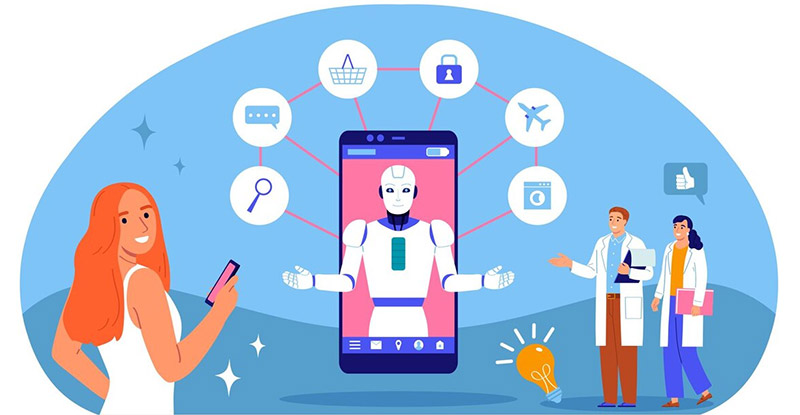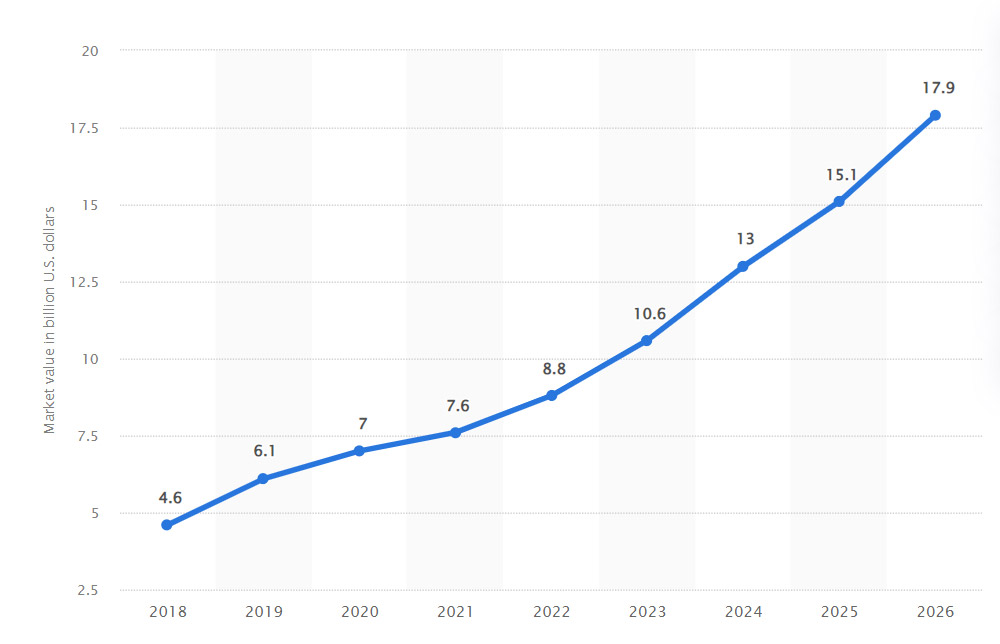SMART on FHIR Apps:
Detailed Guide in 2024


FHIR (Fast Healthcare Interoperability Resources) is a standard for exchanging healthcare data electronically. SMART on FHIR is an application programming interface (API) that allows doctors and patients to access their medical records through apps.
FHIR provides specifications for healthcare data formats and elements and an API for querying patient records. Its goal is to make medical data interoperable, accessible, and sharable between providers, patients, and applications, including those involved in medical device software development.
SMART on FHIR builds on the FHIR specifications by defining authorization and authentication protocols. This allows doctors and patients to write or install SMART apps that connect to an electronic health record (EHR) system and safely retrieve data.

Effortlessly automate claim forms and ensure data accuracy. Try ClaimAction today!
SMART on FHIR apps have three major capabilities:
SMART apps can interface with FHIR-compatible EHRs such as Epic, Cerner, and Allscripts. This allows the apps to access and record patient data while protecting it from unauthorized access.
For instance, a SMART app can pull up the patient’s lab results, medications, immunization history and much more upon consent. Apps do not have direct access to the health records – they interact only with the FHIR API and send/receive discrete data elements.
SMART apps can only obtain a patient’s medical data if the patient consents to share the data. Before the app gets any data, it asks for permission scopes.
Examples of scopes could be reading immunization history, writing patient notes, or viewing the complete chart. This authorization model ensures clear visibility and that the user agrees to it.
The SMART apps must adhere to HIPAA regulations regarding protected health information (PHI). They employ SSL connections, identity confirmation, logged access, and restricted data as measures for security and privacy.
This gives patients and providers confidence that SMART apps can handle sensitive data. Apps are prohibited from obtaining, using, or transmitting patient data for any purpose other than the permitted purpose.
SMART on FHIR apps introduce many advantages over traditional health IT systems:
Patients can view medical records, test results, and care plans from smartphones or tablets. SMART apps promote transparency, ownership, and activation.
Organizations can build SMART apps to aggregate population health data and identify insights. Analytics apps safely access medical data to track outcomes, costs, medications, social determinants, and more.
Doctors and nurses rely on technology to streamline complex workflows. Custom SMART apps can integrate with EHRs to simplify documentation, care coordination, order entry, billing, communication, and other tasks.
Researchers use SMART apps to extract clean, discrete data from EHR systems. This facilitates large-scale studies across institutions while maintaining patient privacy.
SMART provides a standard API for structuring, accessing, and sharing clinical data. This plug-and-play model replaces outdated point-to-point interfaces to enable seamless health information exchange.
Revolutionize Your Claims Management with ClaimAction!
Leverage AI and machine learning to automate and improve your medical claims workflow. Experience the power of ClaimAction today!
Book a demo now
Electronic health records, or EHRs, are anticipated to increase the market value of smart hospitals. The value of the worldwide smart hospital market in 2021 was estimated to be 35.9 billion dollars, of which 7.6 billion were related to electronic health records and the ensuing clinical workflow. Future projections indicate that this market will grow and be valued at 18 billion dollars by 2026.

SMART on FHIR relies on authorization codes, tokens, and leading web standards to enable secure EHR integration:
SMART apps use the OAuth 2.0 protocol to obtain access tokens that confirm users’ identities and permissions. Patients log into their EHR portal and are granted access to the SMART app.
OpenID Connect allows SMART apps to verify patient identities before retrieving medical records. This ensures the data is associated with the correct individual.
The SMART app exchanges discrete healthcare data with the FHIR server through a RESTful API. All data elements adhere to the FHIR formats and resources.
SMART apps are built on standard web languages like HTML5, CSS3, and JavaScript. They can run natively on iOS and Android through wrappers like Cordova.
This architecture allows SMART apps to securely integrate with existing health IT systems to deliver value-added functionality.
Optimize Healthcare Claims with ClaimAction!
Benefit from automated data capture and verification for medical claim forms. Improve efficiency and accuracy in your claims processing. Try ClaimAction now!
Book a demo now
Healthcare organizations, health tech startups, and medical researchers can SMART on FHIR app development to improve clinical systems. The process includes:
Organizations use these steps to develop SMART apps that engage patients, support clinicians, advance research, and improve population health.
Here are some real-world examples of SMART apps delivering value:
Patient-facing apps like Smart on FHIR Patient (SoF) allow consumers to easily view, manage, and share their health records, promoting activation and transparency.
Through EHR integration, specialized SMART apps can optimize clinical documentation, care planning, order entry, communication, and other critical workflows.
The SMART CQL Editor helps researchers construct complex data queries across FHIR servers to accelerate medical studies and analytics.
Consumer apps allow patients to compare drug costs, get refill reminders, check for interactions, and improve medication adherence.
Many telemedicine platforms use SMART on FHIR to integrate virtual visits into the patient’s EHR record with their consent, centralizing medical history.

Contact Us for an in-depth
product tour!
SMART on FHIR implementation grows as organizations transition to new, integrated health IT systems.
While more EHR vendors bring FHIR servers to life, the number of SMART apps will increase at a geometric progression. People, especially patients and providers, will continue to employ these apps to interact with this data.
In the future, SMART apps may integrate other digital health technologies, such as patient-generated data from wearable devices and IoT systems. This can gather a wider range of wellness information in the FHIR structure.
Lastly, SMART on FHIR envisions converting passive EHRs into active data exchange platforms. In addition to this interoperable base, apps will add value based on analytics, decision support, and patient engagement.